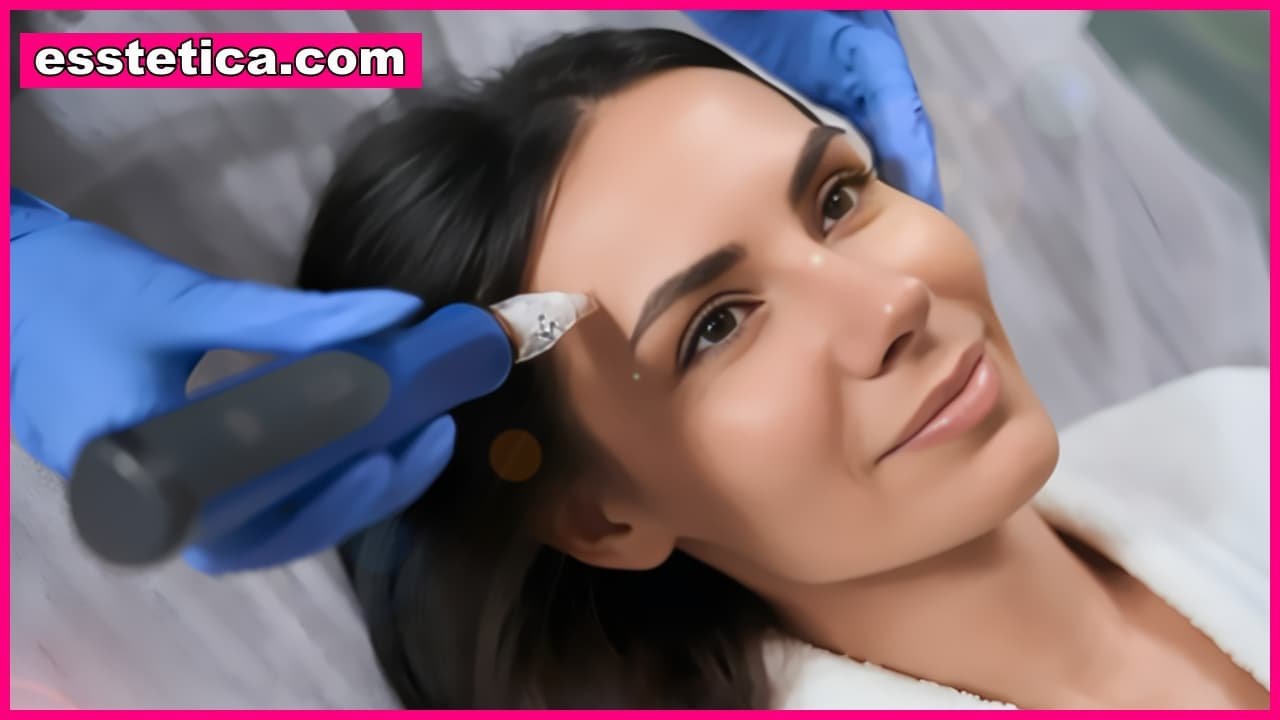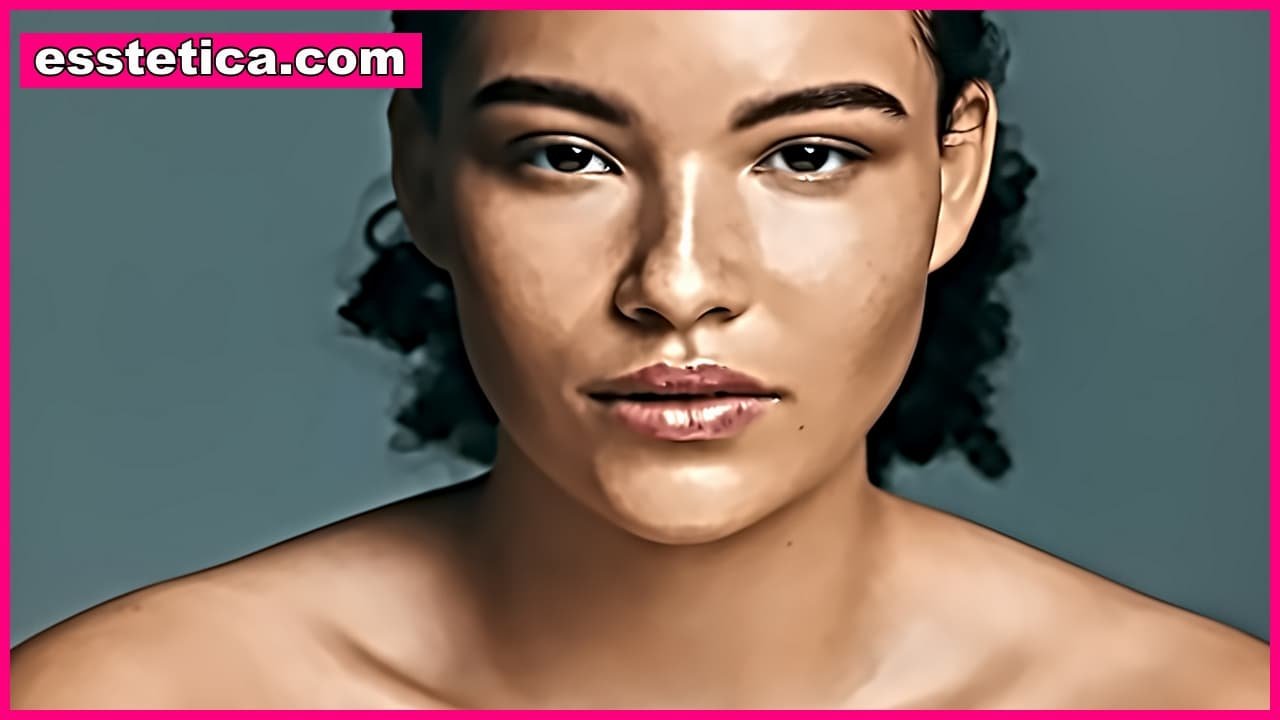Introduction
Ever stared at a bump on your skin and wondered, “Is this acne or something else?”
You’re not alone — acne can look very different from one person to another.
Sometimes it’s just a tiny whitehead that disappears in a day. Other times, it’s a deep, red, painful lump that lingers for weeks. Acne isn’t just one thing — it’s a whole spectrum of blemishes, each with its own appearance and behavior.
So, what does acne actually look like? Let’s break it down by type, color, texture, and severity — so you can recognize what’s happening on your skin (and treat it properly).
1. Whiteheads (Closed Comedones)
How they look:
-
Small, round bumps with a white or flesh-colored top.
-
Smooth surface — no open pore visible.
-
Usually appear on the forehead, nose, or cheeks.
Why they happen:
Dead skin cells and oil clog a pore, trapping everything inside. Because the pore stays closed, air can’t oxidize the contents — giving it that white, sealed look.
Common mistake:
People often try to pop them, which can cause irritation and scarring.
2. Blackheads (Open Comedones)
How they look:
-
Tiny dark or black dots on the skin’s surface.
-
Flat or slightly raised.
-
Often seen on the nose, chin, and forehead (the T-zone).
Why they happen:
When a pore gets clogged with oil and dead skin, but remains open, the contents oxidize — turning black (not because of dirt).
Texture tip:
If you run your finger over them, the area might feel slightly rough or uneven.

3. Papules
How they look:
-
Small, red, inflamed bumps.
-
No visible pus or white center.
-
Tender to touch.
Why they happen:
The pore becomes irritated and inflamed after clogging, causing redness and swelling.
Where they appear:
Mostly on the cheeks, forehead, and jawline.
Fun fact:
Papules are early-stage inflammatory pimples — they may later develop into pustules (the ones with white tips).
4. Pustules
How they look:
-
Red bumps with a white or yellow center filled with pus.
-
Surrounded by a pink or reddish halo.
-
Commonly seen on face, chest, and back.
Why they happen:
When bacteria invade a blocked pore, the immune system reacts — sending white blood cells to fight the infection. The result? A pus-filled spot.
Tip:
Resist popping them! It’s tempting, but bursting them can spread bacteria and cause scarring.
5. Nodules
How they look:
-
Large, firm, deep lumps under the skin.
-
Painful when touched.
-
No visible head — skin may look red or swollen above it.
Why they happen:
This is deep, inflammatory acne. The infection goes beyond the surface, forming a hard bump under the skin.
Where they appear:
Common on the jawline, chin, and back.
Severity:
Nodular acne is considered moderate to severe and usually needs dermatological treatment.
6. Cystic Acne
How it looks:
-
Big, red, swollen, and very painful bumps.
-
Soft or “squishy” to touch because they contain pus deep within.
-
May appear shiny on the surface.
Why it happens:
Cystic acne forms when oil, dead cells, and bacteria cause infection deep inside the pore — leading to inflammation beneath the skin.
Risk:
Cysts often leave dark marks or scars, especially if picked or popped.
✅ Struggling with acne? Discover the 2 natural solutions I personally recommend:
👉 Get Ninja Health Now — Launch Your Health Site in 60 Seconds
7. Fungal Acne (Malassezia Folliculitis)
How it looks:
-
Uniform small red bumps, often itchy.
-
Usually appears on chest, shoulders, and back rather than the face.
-
Looks like acne but doesn’t respond to typical acne treatments.
Why it happens:
Caused by yeast overgrowth, not bacteria — so it needs antifungal care, not benzoyl peroxide or salicylic acid.
8. Hormonal Acne
How it looks:
-
Deep, painful pimples that appear around the chin, jawline, or lower cheeks.
-
May flare up cyclically (around menstruation).
-
Often mixed with oily skin and large pores.
Texture:
Feels sore and deep under the skin rather than coming to a head.
9. Acne Scars & Marks (Post-Breakout Signs)
How they look:
After acne heals, it can leave behind marks or texture changes:
-
Dark spots (PIH): Flat brown or red discoloration.
-
Atrophic scars: Small indentations or “ice pick” marks.
-
Hypertrophic scars: Raised, thick bumps left from deeper acne.
These aren’t active pimples but signs your skin is still recovering.
Color Guide to Acne Appearance
| Acne Type | Typical Color | Texture | Pain Level |
|---|---|---|---|
| Whitehead | White/Flesh | Smooth | None |
| Blackhead | Black/Dark | Slightly rough | None |
| Papule | Red | Firm | Mild |
| Pustule | Red with White Center | Soft | Moderate |
| Nodule | Deep Red | Hard | Painful |
| Cyst | Deep Red or Purple | Soft/Swollen | Very Painful |
Acne in Different Skin Tones
Acne can look different depending on your skin tone:
-
On lighter skin, redness and inflammation are more visible.
-
On medium to deep skin tones, acne may look dark brown or purple instead of red, and post-acne marks can last longer.
Recognizing these differences helps prevent misdiagnosis (for example, mistaking acne for rashes or allergic reactions).
Visual Clues That a Bump Isn’t Acne
Sometimes, what looks like acne isn’t acne at all. Watch out for:
-
Milia: Tiny white bumps (keratin-filled, not pus).
-
Rosacea: Red, acne-like bumps with visible veins.
-
Allergic reactions: Sudden clusters of itchy red spots.
-
Ingrown hairs: Common on beard or bikini areas — often painful with a dark center.
If your “acne” doesn’t respond to standard treatments, it’s worth checking with a dermatologist.
Conclusion
So, what does acne look like? It’s not just a single kind of blemish — it’s a whole range of breakouts that can be white, black, red, or deep purple, depending on what’s happening beneath your skin.
From harmless whiteheads to painful cysts, acne wears many faces — but understanding what type you’re dealing with is the first step toward treating it effectively.
The key takeaway? Don’t judge every bump the same way. Knowing how acne looks — and what it means — helps you choose the right products, prevent scars, and finally feel more confident in your skin. 💚
✅ Struggling with acne? Discover the 2 natural solutions I personally recommend:
👉 Get Ninja Health Now — Launch Your Health Site in 60 Seconds
YOU MAY ALSO LIKE:
How Acne Forms: The Hidden Science Behind Those Pesky Breakouts


 What Acne Means: Understanding the Real Story Behind Your Breakouts
What Acne Means: Understanding the Real Story Behind Your Breakouts What Acne Means on Your Face: The Hidden Map of Your Skin
What Acne Means on Your Face: The Hidden Map of Your Skin



[…] How Acne Looks Like: Recognizing Every Type of Breakout […]